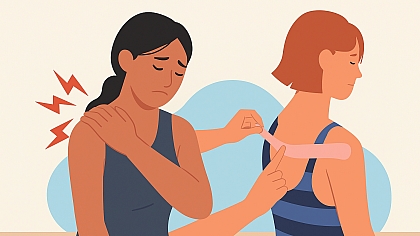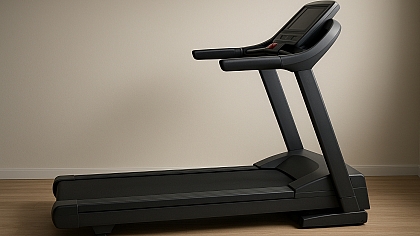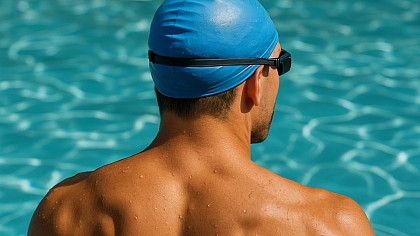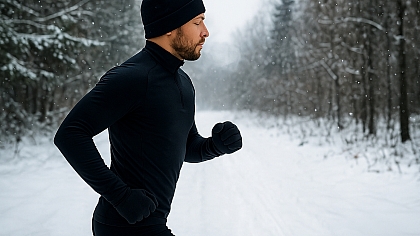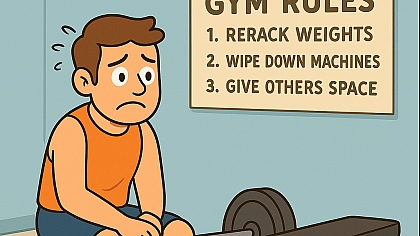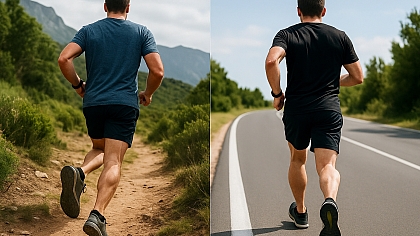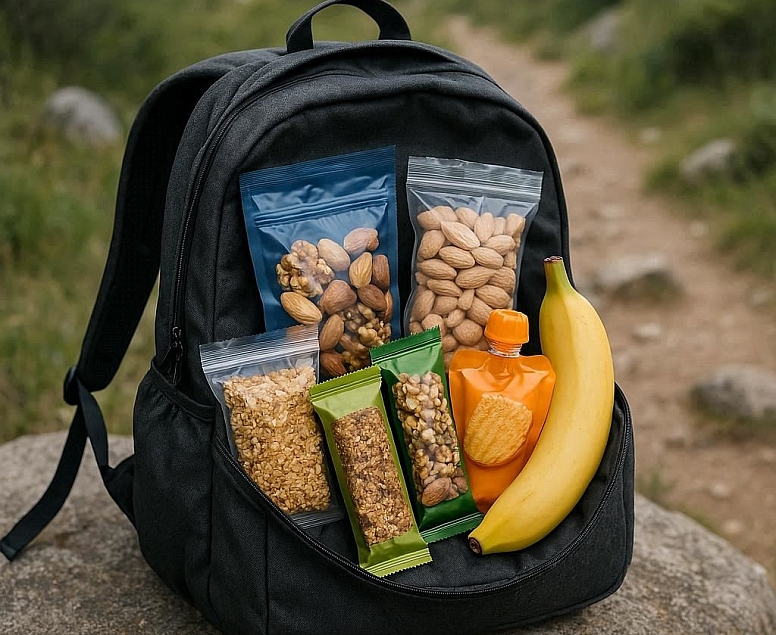
Trail Nutrition: What to Eat for 20-Mile Days
Food is Your Second Most Important Piece of Gear
On a long hike, your body is your engine, and food is your fuel. Eating the wrong things—or not eating enough—is a surefire way to "bonk," the dreaded point where your energy tanks and every step feels impossible. Proper trail nutrition is not about gourmet meals; it's about strategic fueling. Your goal is to provide a steady stream of energy that your muscles can use without upsetting your stomach.
The Goal: Avoid the Bonk
"Bonking" or "hitting the wall" happens when your body depletes its stored carbohydrates (glycogen). Your brain and muscles run out of their preferred energy source, leading to severe fatigue, dizziness, and nausea. The strategy for a 20-mile day is to constantly top up your glycogen stores before they get too low.
The Golden Rule of Trail Nutrition
Eat early and eat often. Do not wait until you feel hungry or tired. Hunger on a long hike is a late sign that you are already behind on calories. Set a timer if you have to.
- Aim for 200-300 calories per hour, starting after your first hour on the trail.
- Take a few bites every 45-60 minutes. This is more effective than stopping for one large meal.
What to Look For in Trail Food
The best hiking foods are lightweight, calorie-dense, non-perishable, and easy to eat on the move.
- Simple Carbohydrates: Your body can quickly break these down into glucose for immediate energy. This is your primary fuel source while moving.
- Some Fat and Protein: These provide slower-burning, sustained energy and are crucial for feeling satiated and aiding recovery later. But too much during activity can slow digestion.
- Low Fiber: While healthy in daily life, too much fiber on the trail can lead to gastrointestinal distress (e.g., bloating, cramping).
The Best Foods to Pack
Think of your food bag as a toolkit with different tools for different jobs.
Quick-Energy Fuel (Eat While Moving):
- Energy Gels and Chews: Designed for quick carbohydrate delivery. Easy to consume without chewing.
- Dried Fruit: Dates, apricots, and mangoes are pure sugar and potassium.
- Candy: Gummy bears, sour patches, and chocolate are high-calorie and motivating.
- Pretzels or Crackers: Provide quick carbs and replenish sodium lost through sweat.
Sustained-Energy Snacks (Short Breaks):
- Nut Butter Packets: Extremely calorie-dense and easy to squeeze straight into your mouth.
- Trail Mix: A classic for a reason. Look for mixes with nuts, seeds, dried fruit, and a few chocolate chips.
- Energy or Protein Bars: Choose bars with a balance of carbs, protein, and fat. Avoid ones with high fiber content.
- Beef Jerky or Meat Sticks: A good source of protein and salt to keep you feeling full.
The Mid-Day Meal (Longer Break):
- Tortilla with Nut Butter and Honey: A durable, packable, and calorie-bomb sandwich.
- Pre-made Wraps: Use durable ingredients like hummus, cheese, and turkey. Eat these in the first half of the day.
- Ready-to-eat packets of tuna or chicken on crackers.
The Hydration Equation
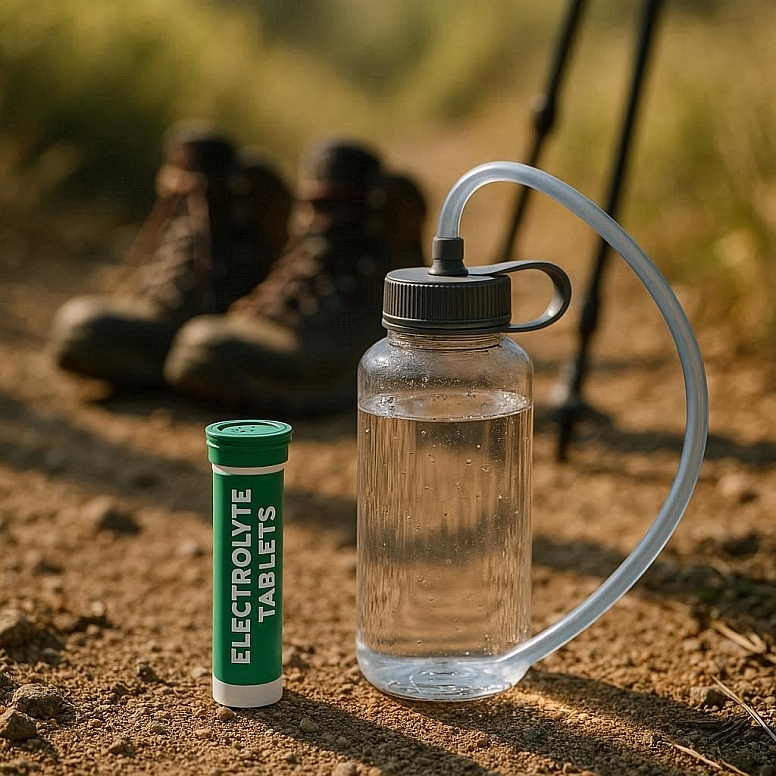
Nutrition and hydration work together. Dehydration impairs your body's ability to digest food and use energy.
- Drink consistently. Sip small amounts often rather than chugging large volumes infrequently.
- Electrolytes are key. On a 20-mile day, you lose a lot of salt through sweat. Replenish it with an electrolyte mix in your water or electrolyte tablets. This prevents hyponatremia (low blood sodium) and helps your body absorb fluids.
- Check your urine. Aim for a light lemonade color. Dark yellow means you need to drink more; clear means you might be overhydrating without enough electrolytes.
Sample 20-Mile Day Eating Schedule
| Time | Activity | Nutrition & Hydration |
|---|---|---|
| 7:00 AM | Breakfast | Oatmeal with peanut butter, banana, and coffee. |
| 8:00 AM | Start Hiking | Begin sipping water with electrolyte mix. |
| 9:30 AM | On the move | 1 energy gel or a handful of dried fruit. |
| 11:00 AM | Short break | Handful of trail mix. Keep drinking. |
| 12:30 PM | Lunch break | Tortilla with nut butter and honey. |
| 2:00 PM | On the move | A protein bar. |
| 3:30 PM | Short break | Nut butter packet. |
| 5:00 PM | Final push | Gummy bears or a few chocolate pieces for a mental boost. |
| 6:00 PM | Finish Hike | Begin recovery immediately. |
The Most Important Meal: Recovery
Your job isn't over when you stop hiking. The 30-60 minutes after finishing is a critical window to kickstart recovery.
- Goal: Consume a mix of carbohydrates to replenish glycogen and protein to repair muscles.
- Easy Options: A dedicated recovery drink, chocolate milk, or a protein bar. Follow this up with a balanced meal within a few hours.
Pack Your Strategy, Not Just Snacks
A 20-mile day is a physical feat that requires a nutritional plan. Experiment on shorter hikes to discover what foods your stomach tolerates best. Your tastes will change on the trail—something that sounds good at home might be unappealing after 15 miles. The right fuel keeps your legs moving and your spirits high.
Your next summit is powered by the food in your pack.
Frequently Asked Questions
What if I lose my appetite on the trail? This is common, especially in heat. This is when easily-consumed liquids and gels become vital. Try sipping on a drink with calories, like an electrolyte mix with carbs or a diluted fruit juice. Force yourself to eat small, bland bites like crackers or pretzels.
Are there natural alternatives to energy gels? Absolutely. Many hikers use pure maple syrup packets, honey packets, or even baby food puree pouches. These provide simple sugars similar to commercial gels.
How do I carry enough water for 20 miles? You almost never do. You must plan your route around water sources. Carry a water filter or purification tablets so you can safely refill from streams and lakes. Check your map to know where your next refill point is.
I have a sensitive stomach. What should I do? Stick to what you know. Avoid trying new foods on a long hike day. Focus on simple, bland carbohydrates like plain pretzels, white rice cakes, or bananas. Test your nutrition strategy on shorter training hikes first.

